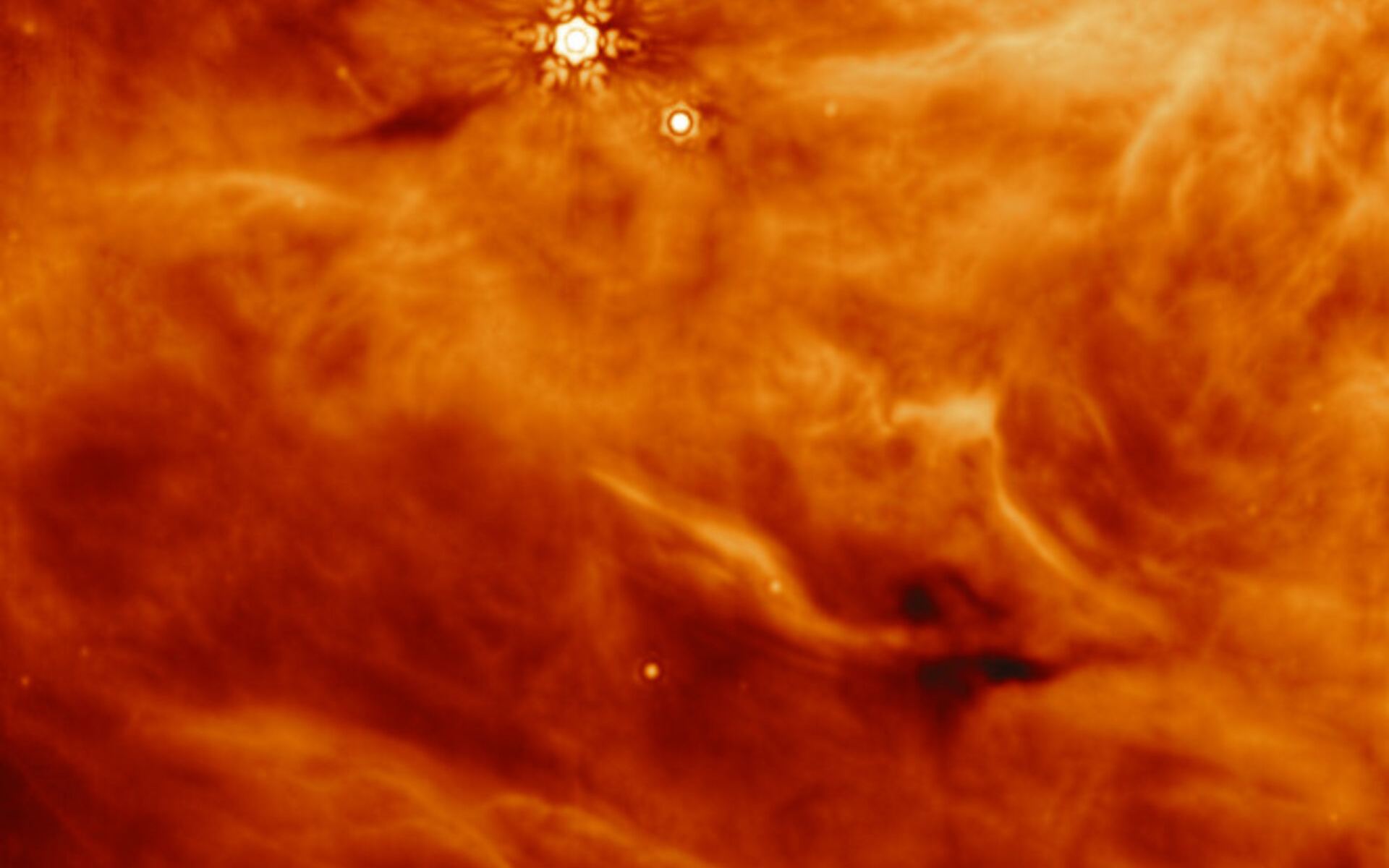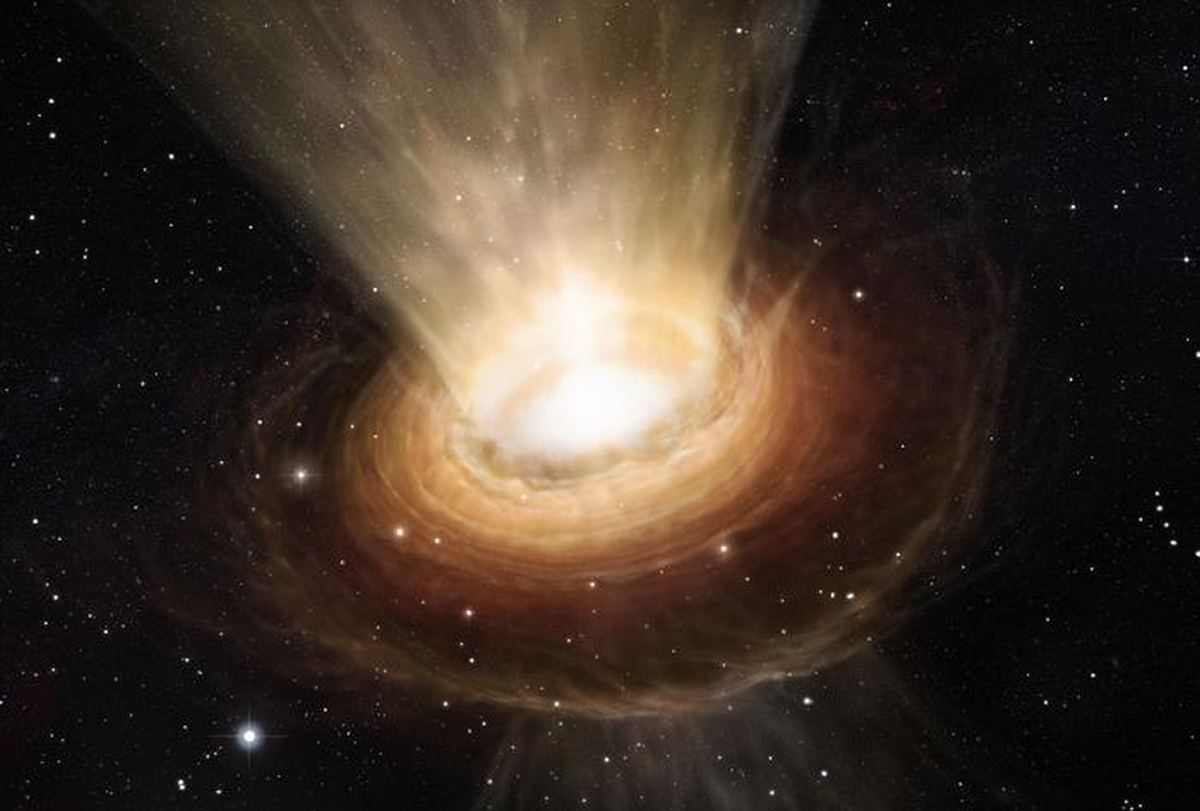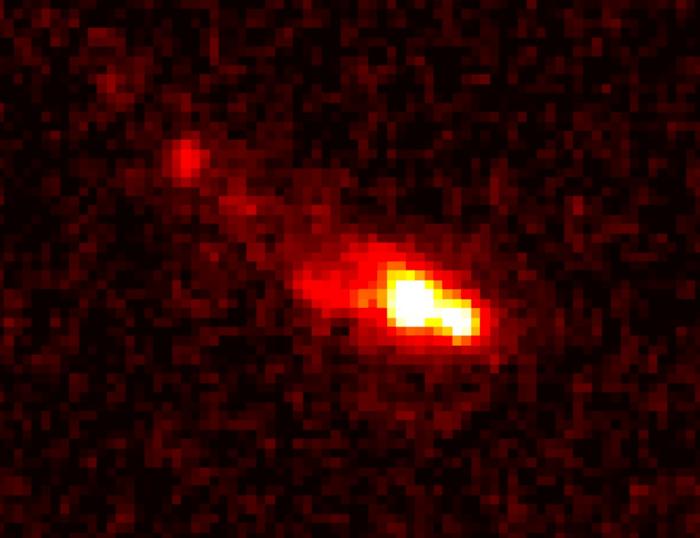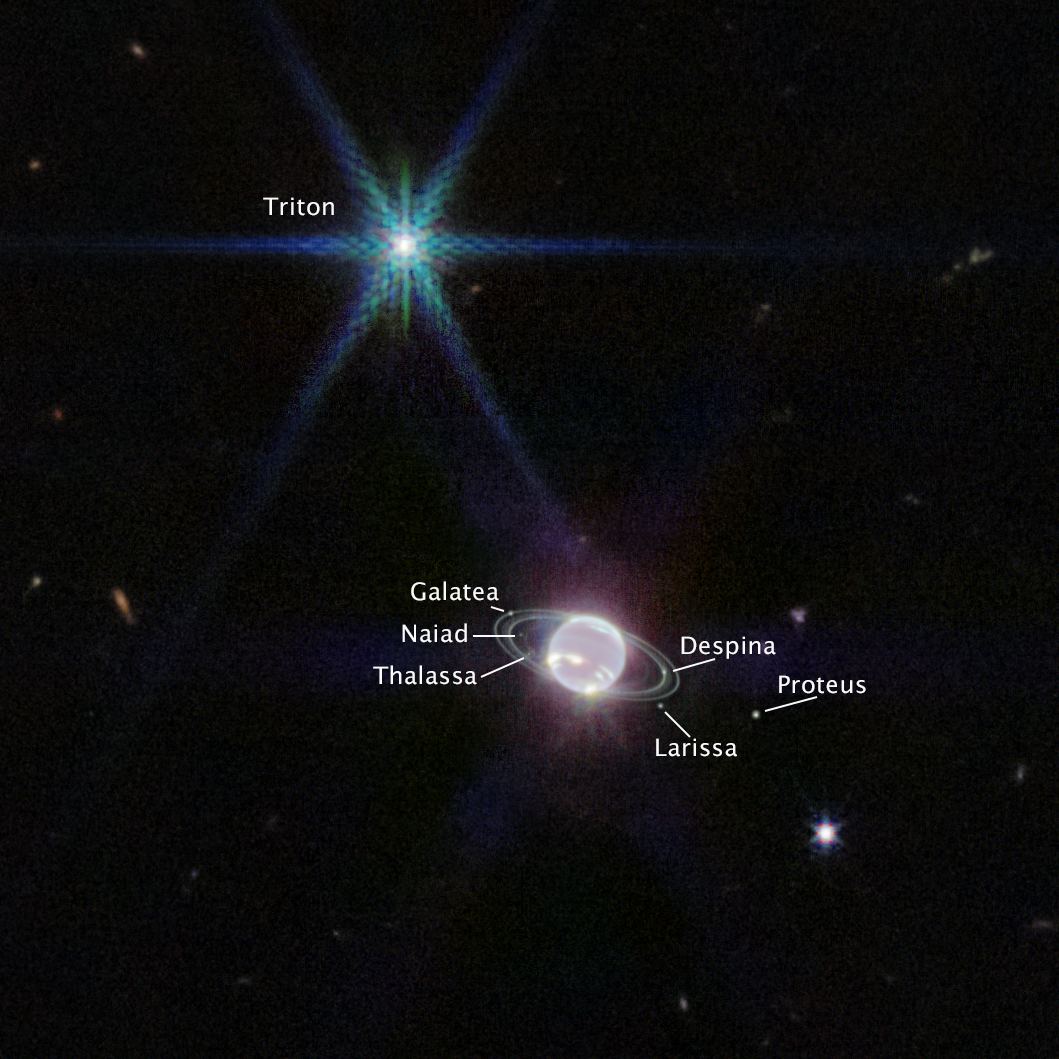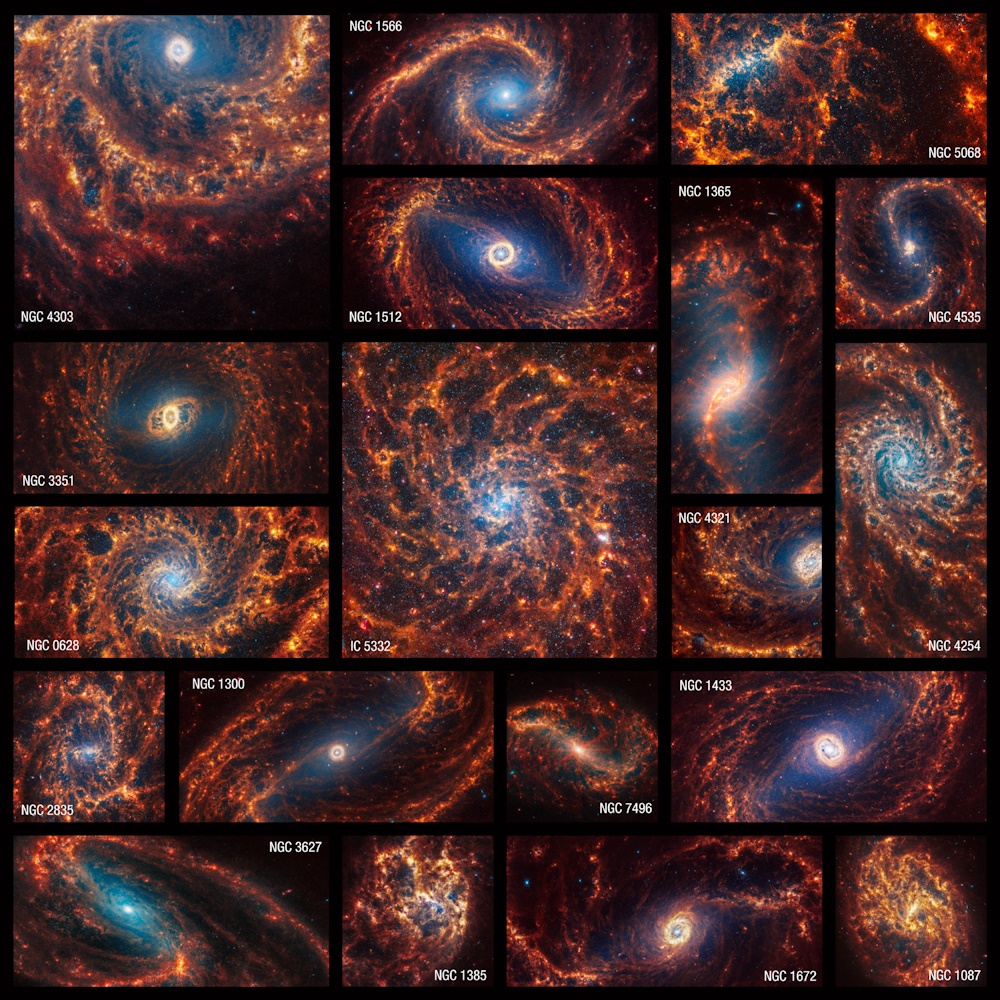Since its launch in 2021, the James Webb Space Telescope (JWST) has made some amazing discoveries. Recent observations have found a number of key ingredients required for life in young proto-stars where planetary formation is imminent. Chemicals like methane, acetic acid and ethanol have been detected in interstellar ice. Previous telescopic observations have only hinted at their presence as a warm gas. Not only have they been detected but a team of scientists have synthesised some of them in a lab.
Continue reading “Webb Finds Deep Space Alcohol and Chemicals in Newly Forming Planetary “Webb Finds Deep Space Alcohol and Chemicals in Newly Forming Planetary
